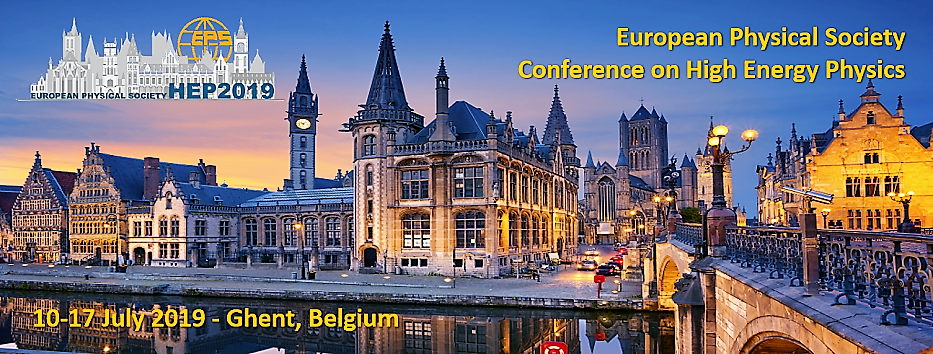Speaker
Description
The phenomenological structure of inclusive cross-sections of the production of two neutral $K$ mesons in hadron--hadron, hadron--nucleus and nucleus--nucleus collisions is theoretically studied taking into account the strangeness conservation in strong and electromagnetic interactions. Relations for the dependence of correlations of two short-lived and two long-lived neutral kaons
$K^0_S K^0_S$, $K^0_L K^0_L$ and correlations of "mixed" pairs $K^0_S K^0_L$ at small relative momenta upon the space-time parameters of the generation region of $K^0$ and $\bar{K}^0$ mesons are obtained -- involving the contributions of Bose-statistics and $S$-wave strong final-state interaction of two $K^0$ ($\bar{K}^0$) mesons and of
the $K^0$ and $\bar{K}^0$ mesons, as well as the additional one of transitions $K^+ K^- \rightarrow K^0 \bar{K}^0$, and depending
upon the relative fractions of generated pairs $K^0 K^0$, $\bar{K}^0 \bar{K}^0$, $K^0 \bar{K}^0$. It is shown that under the strangeness conservation the correlation functions of the pairs $K^0_S K^0_S$ and $K^0_L K^0_L$, produced in the same inclusive process, coincide, and the difference between the correlation functions of the pairs $K^0_S K^0_S$ and $K^0_S K^0_L$ is conditioned exclusively by the generation of pairs of non-identical neutral kaons $K^0 \bar{K}^0$.
For comparison, analogous correlations for the pairs of neutral heavy mesons $D^0$, $B^0$ and $B_s^0$, produced in multiple inclusive
processes with charm (beauty) conservation, are also theoretically analyzed -- neglecting, just as for the case of $K^0$ mesons, the weak effects of $CP$ violation. These correlations have the quite similar character and they are described by quite similar expressions: in particular, just as for $K^0$ mesons, the correlation functions for the pairs of states with the same $CP$ parity ($R_{SS}=R_{LL}$) and with different $CP$ parity ($R_{SL}$) do not coincide, and the difference between them is conditioned exclusively by the production of pairs $D^{0}\bar{D}^{0}$, $B^{0}\bar{B}^{0}$ and $B_s^{0}\bar{B}_s^{0}$. However, contrary to the case of $K^0$ mesons, here the distinction of $CP$-even and $CP$-odd states (and, hence, the experimental observation of respective pair correlations) encounters difficulties -- due to the insignificant differences of their lifetimes and the relatively small probability of purely $CP$-even and $CP$-odd decay channels. Nevertheless, one may expect that this will become possible at future colliders.




